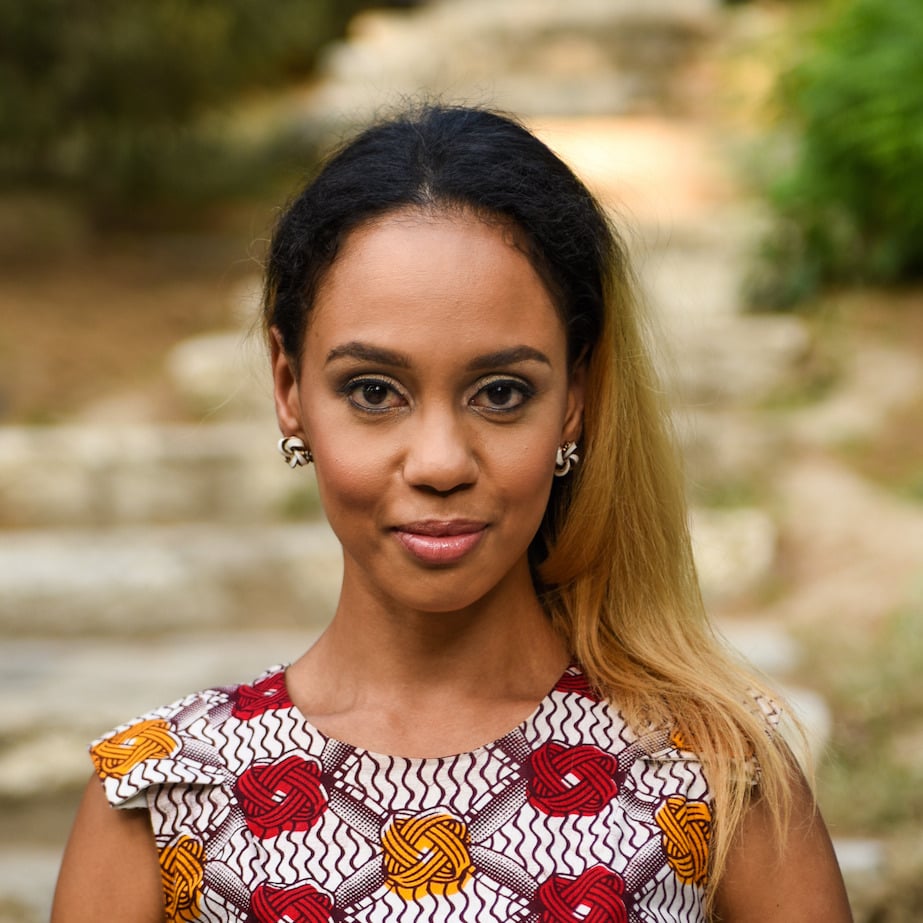On 25 March, as Ethiopia detected its 12th case of Covid-19, suffered its 10th day of school closures and banned public gatherings, the country’s prime minister, Abiy Ahmed, wrote an open letter to leaders of the 20 most powerful countries in the world – the G20. In it he called for $150bn of emergency relief to enable African countries to deal with the virus, for the postponement of interest rate payments and a partial write-off of African countries’ debt.
Why? Based on data compiled by my firm, Development Reimagined, by the end of September 2020, African governments had budgeted over $68bn to respond to Covid-19 – an average 2.6% of GDP. This spending has been directed towards medical equipment, tests, hospitals, as well as support for over 175m African people to compensate for shutdowns of homes, formal and informal businesses, and avoiding an estimated 28-49m more people entering poverty due to Covid-19.
While this is a highly commendable effort from African governments, in comparison to richer economies their spending is tiny even percentage-wise. The G20 are expected to spend roughly 11.2% of GDP on their domestic Covid-19 responses.
So why is Africa’s spending so limited? The phrase economists like myself use is “fiscal space”. African governments don’t have enough room to spend more – i.e. their fiscal space is limited – for two reasons.
First, with Covid-19, few countries are growing, let alone collecting new taxes. The IMF’s World Economic Outlook, Autumn 2020 report predicts a 3% fall in GDP for sub-Saharan Africa in 2020.
Second, African countries have to repay loans from multiple lenders – from other governments such as the US, UK, Japan, France and China; from multilateral banks such as the IMF, World Bank, and AfDB; and commercial, private banks such as Goldman Sachs, as well as various state-owned banks such as China-Exim or India-Exim.
They have used these loans for infrastructure and recurrent expenditure such as key worker and civil servants’ salaries, as well as medical equipment and vaccines for life-threatening diseases. These loans have different repayment schedules – some have “grace periods”, some don’t; some have high and variable interest rates, some don’t earn any interest; some need to be repaid within five years, others within 30 years.
Debt relief is not enough
This lack of fiscal space is why Ethiopia’s prime minister called for debt relief so early on. In response, the G20 agreed to provide a “repayment holiday” from May to December 2020 worth $5.2bn for Africa. China went further and cancelled repayments for all zero-interest loans expiring in 2020, and recently announced its willingness to extend the repayment holiday into 2021.
The World Bank, IMF and AfDB responded by committing $50bn, $26bn and $10bn respectively in support – the vast majority of which is new loans. Some IMF loans – for instance to Ethiopia, Nigeria and South Africa – will need to be repaid within four years.
Beyond this, several state-owned banks expressed openness to restructure loans to cut short-term payments, while private banks went in the opposite direction and threatened to “downgrade” several African nations if they don’t pay – making it even harder to get future loans.
But even these positive steps are lacking. The fact is, Covid-19 does not expose a looming debt crisis, it exposes a fundamental mismatch between the finance that African countries need to grow and the loans they can afford.
Before Covid-19, the AfDB estimated that African governments need extra finance to pay for a massive $68-$108bn worth of infrastructure every year up to 2030. In a post-Covid-19 age this infrastructure is arguably more, not less, essential. Roads and trains are needed to transport medical equipment and food across borders. Covid-19 requires fibre-optic cables for children to e-learn from home and for rural communities to access digitised government services. New power plants need to run factories. And even more finance is needed to make Africa’s infrastructure low-carbon and climate resilient.
Accordingly, not only are the solutions being applied so far insufficient in the short-term, they are also grossly inadequate to meet long-term needs. International debt markets, as currently shaped, exclude and penalise the poorest countries that need them most. If a long-lasting solution to Covid-19 debt problems is to be sought, the global debt system itself needs to be reimagined.
Microfinance provides a solution
So what is the right solution?
Back in 1976, the creation of the Grameen Bank in Bangladesh by the Nobel Prize winner Mohammed Yunus stimulated a revolution. Before Grameen, people had only able to take loans based on their own predicted income or collateral, which left many out of the system, especially the rural poor.
Yunus’s bank enabled people to club together to take loans, as well as make slower and smaller affordable repayments together. The system, though it had faults, has been replicated globally and enabled millions of people to access debt to durably lift themselves out of poverty.
A similar revolution is necessary at the macro level – a borrower’s club – to make country-level debt both cheaper and more widely available. A borrower’s club would see African and other countries replicate the poor people that clubbed together for loans from the Grameen bank, and apply for finance as a group, using as collateral each other’s growth prospects alongside accountability to each other and their citizens.
The borrowers themselves would be responsible for determining the prioritisation of projects across members, and each would provide small, low-interest regular repayments, agreeing their own relevant thresholds or criteria for internal defaults (e.g. commodity price falls) rather than being subject to the arbitrary demands of unforgiving, distant creditors. The club would collate and issue repayments as one to creditors on different schedules – while keeping aside a certain amount as a cushion or for further collateral.
The benefits to creditors of this club would be similar to the benefits commercial banks experienced with microfinance. Lenders could look at new loans as real growth or business propositions with lower risk – enabling lower interest rates – and higher returns.
This borrower’s club could be combined with other ideas for addressing the Covid-19 debt challenge. For instance, there are proposals for IMF member states to issue or reallocate special drawing rights (SDRS) to deal with Covid-19 – as they did after the 2009 financial crisis. Some of the SDRs could kickstart the borrowers’ club. Similarly, a special purpose vehicle that Vera Songwe, head of the UN’s Economic Commission for Africa, has proposed could be merged with the borrower’s club.
The fact is, Covid-19 is exposing the world’s true financial conundrum – a debt deficit, not a debt overload. We must think innovatively to construct long-term solutions that shift the balance in favour of empowering worthwhile borrowers. If not now, when?
Hannah Ryder is the CEO of Development Reimagined, a pioneering African-led international development consultancy in China, with close to 20 years of experience in the private sector, government and the UN.
Want to continue reading? Subscribe today.
You've read all your free articles for this month! Subscribe now to enjoy full access to our content.
Digital Monthly
£8.00 / month
Receive full unlimited access to our articles, opinions, podcasts and more.
Digital Yearly
£70.00 / year
Our best value offer - save £26 and gain access to all of our digital content for an entire year!
 Sign in with Google
Sign in with Google 



